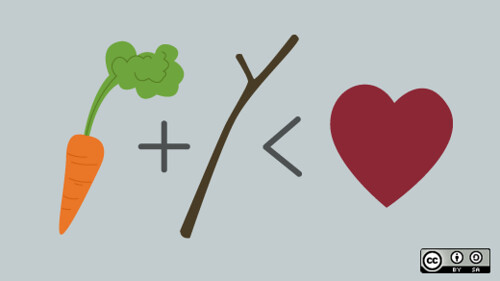When I think about motivating people, I imagine saying stuff. “Well done”, “You are really good at that” and “We did it” are examples that spring to mind. In delivery focused project land, this is understandable but it turns out not helpful for motivation.
I have written a fair bit about motivation on this blog. Mostly I write about environmental factors that can improve or diminish motivation. I have also enjoyed reading around this subject online. Many others have explored motivation in agile, for example seeing the Scrum master’s role in motivation as setting the tone or otherwise controlling the environment in some way. A developer’s eye view is given in the first answer to this question about the introduction of Scrum. This slide deck also explores motivation issues around introducing Scrum. Many of the articles on motivation in Scrum relate, as I have done to environmental factors explored by Dan Pink and his book, Drive.
I have also written about how to talk to project teams so as not to demotivate them and how to allocate tasks in the optimum way for maximum motivation. These all feel like ways to not get in the way of motivation. I like the approach of avoiding demotivating behaviour. It reminds me of the Primum non nocere (first do no harm) edict of the physicians.
Before I look at what can be said that is constructive for motivating ourselves, a word on the role of motivator in the team. I don’t see one person in agile teams as the motivator and there seems no need to explore what to say as “the motivator of the team”. That said, it does seem relevant to look at what we can say to each other at work that is constructive, versus the usual sayings in my opening paragraph. If my other posts and the posts I mention by others look at optimising the environment and processes for motivation, is there an optimum way to give feedback to each other that helps us feel motivated?
According to psychologist Caroline Dweck, we motivate others when we show appreciation for their efforts and recognise the process that they are engaged in. Focusing on results or fixed states like “you solved the problem, you are clever” just piles pressure on individuals to maintain performance levels and discourages risk taking. By contrast, appreciating effort and risks taken (e.g. new strategies tried) encourages others to take a chance and work differently. This is clearly relevant in agile, where iterative assessment and trial of new ideas are central.
Why does this kind of feedback work so well? Dweck posits that many of us suffer from a fixed mind set, where we tell ourselves that we are good at X and bad at Y. These become self-fulfilling prophecies. Dweck is not suggesting we reject reality with “pollyanna platitudes”. Rather, she is asking us to be aware of fixing ideas about people in general and about their skills, talents and abilities in particular. Instead of a fixed mind set, Dweck advocates a “growth mind set”, where we see ourselves (and others) as having unfixed scope for improvement. That is not to say that we can all be Einstein, but it does mean that each of us can improve in any area, given effort and the right attitude. I find that a liberating idea that chimes well with agile. There is no skill level that cannot be improved upon. It is wrong to see ourselves as “just bad” at anything in any immutable way. Dweck is not advocating a blind, “can do” spirit. She is suggesting we be aware of “can’t do” spirit and allow ourselves to be open to “can improve” spirit.
I described to someone recently how I had worked in agile environments that were stressful and challenging. What I liked about agile was that I usually had the feeling that things were going to get better. Dweck’s mind set theory seems like this continuous improvement principle applied to our own capacities.
This post was inspired by another great edition of Mind Changers on BBC Radio 4. The concepts Dweck introduces are popular with educators and have been applied in many schools. They are well illustrated by this online game.
Image is Carrot + Stick < Love by Libby Levi licensed under CC by 2.0.





